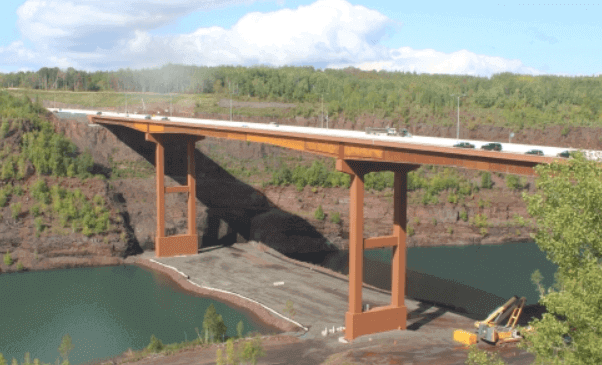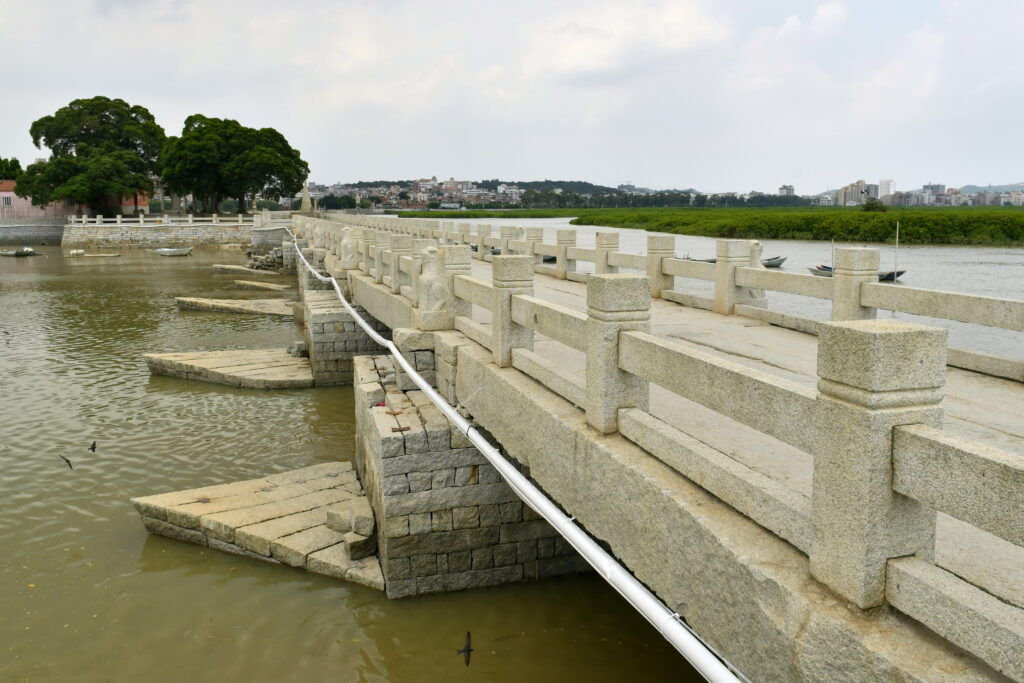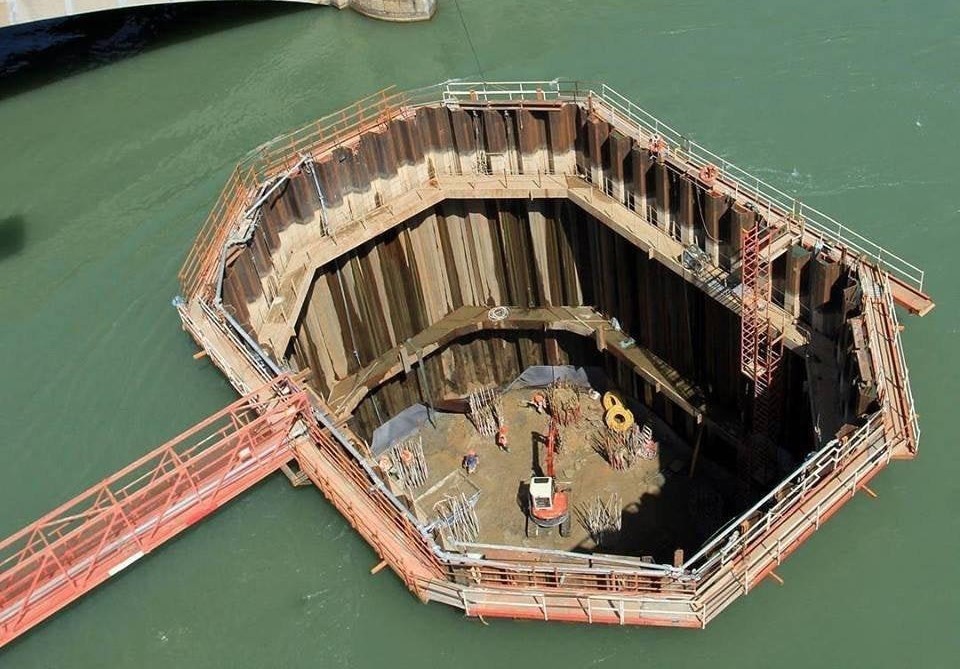The foundations of a bridge are built under the pier or abutment and over the soil or rock that supports the entire weight of the bridge and the traffic loads that it will carry. Bridge foundations are detrimental to the bridge’s stability by transmitting the load to the ground. The types of foundations that will be required will depend on river flow, river depth and exposure conditions.
Advantages of a bridge foundation
- Transfers the vertical load of the substructure and lateral stress of the bridge span
- Distribute the load of the abutment, pier, etc. over a larger bearing area to bring the intensity of load within the safe bearing capacity of the soil
- Prevention of settlement of the subsoil and the bridge superstructure
- Supports material of the river bed on which the structure rests
- Anchors against tilting and overturning of the abutment and piers of the bridge
- Provide a base for the construction of abutments and piers for the bridge.
Types of bridge foundations
There are two types of bridge foundations:
- Shallow foundations
- Deep foundations
- Shallow foundations transfer the bridge loads to the soil near the surface. It does not go deep into soil or rock layers.
- Deep foundations infiltrate through the topsoil to deeper below-grounded layers of soil. The primary difference between deep and shallow foundations is the depth that the foundation extends into the ground.
Different types of foundations used to construct bridge
Spread footing foundation
A Spread footing foundation is a type of shallow foundation placed under each column or shear wall individually. The base of the structure enlarges or spreads to provide individual support. Since spread foundations are constructed through open excavations, they are termed spread foundations. In a spread footing foundation, the bedrock or competent soil is close to the ground surface and used to support the column, pier and walls.

Raft foundation
Raft foundations are used to spread a load of a bridge over a large area. They are used when column loads or other structural loads are close together. A raft foundation consists of a concrete slab that can be stiffened by ribs or beams incorporated into the foundation. The raft foundation supports the bridge and transmits the load to the soil strata. These foundations are generally adopted where the passable bearing limit of the soil is less and the watercourse bed contains delicate clay and silt.

Pile foundation
Pile foundations are used in conditions where there is extremely delicate soil and hard strata are not accessible. The type of piles generally used for bridge foundations are Driven Piles, Preformed Driven Cast In-Situ Piles, Driven Cast In-Situ Piles and Cast In-Situ Pile. Pile foundations are also used where scouring of a river has to be done and an enormous concentrated load is to be taken by the foundation. typically made from steel or reinforced concrete.

Grillage foundation
A grillage foundation is used when heavy structural loads from columns, piers, or stanchions are required to be transferred to the soil of low bearing capacity. Grillage foundations are made of one, two, or more levels of beams superimposed on a layer of concrete to distribute load across a large area. It is found at the bottom of the columns. This type of foundation is especially suited where deep excavations are not possible.

Inverted arch foundation
The inverted arch foundation is used in places where the bearing capacity of the soil is very poor and the load of the structure is concentrated over the walls and deep excavations are not possible. The inverted arch foundation is constructed between the two walls of the base. It is used to restrain bridge sideways internal loads.

Caisson foundation
A caisson is a watertight structure that is used as an anchor for a foundationThis type of foundation is used in both deep water and soft soil. The construction of the foundation involves sinking a series of watertight cylinders in the deep soil or underwater filled with concrete. The foundation provides a base for stable bridges to be built on top of it. Caissons can be installed on-site and sometimes built off-site and then moved to their installation site.

Well foundation
Well foundation is used below the water level of the bridges. They are used to support bridge piers and abutments. These types of foundations can withstand the impact of scouring water, lateral loads and moments that occur in bridge piers.

Conclusion
The foundation is the significant structural part of bridges, and it is also the main component or segment part of the bridge. Discussed above are different types of bridge foundations. In an upcoming article, we will individually analyze each of the bridge foundations.

